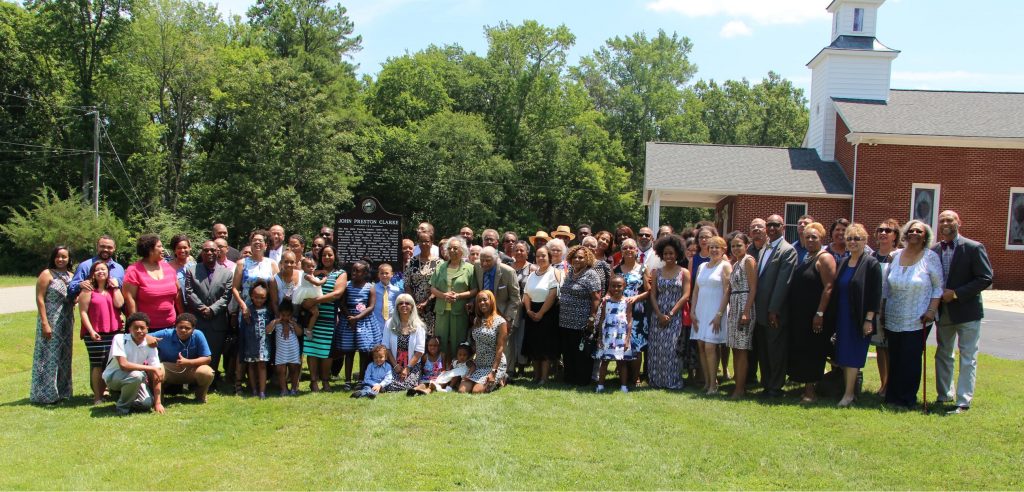Growing up as a kid, I always heard that there are 32 different shades of skin tones for black people. I have no idea if this is true, but there certainly are a variety of complexions from light to dark and everything in between, even in the same family.

While we do celebrate the beauty in our differences, there are still times where even we ourselves are our own worst enemy.
Colorism is discrimination within a racial or ethnic group based upon skin color. What I find interesting is that it mostly points to a preference toward lighter skin tones. I would say this is true, as society seems to prefer lighter skinned African Americans when it comes to art, business, politics, sports, or any facet of society. Even those who people say don’t “act that black” are seen as less intimidating and more acceptable.
But colorism doesn’t end there. It impacts both ends of the spectrum inside the black community.
I remember watching an episode of Black-ish called “Black Like Us” where the characters confronted their own trauma and bias in their multi-hued family. I held back tears as I thought about my own experience. Darker complected black people are always calling me white girl or saying I need to get some sun. While they laugh it off as jokes, there is no way that I would get away with making dark-skinned jokes at their expense; and people don’t realize how it can make you question who you are.
Light-skinned privilege is definitely a real thing though. I can certainly understand how those of us with more melanin can often feel overlooked, underrepresented, and even demeaned.
The work to see a change first starts from within. No one else will see us differently until we first see ourselves differently. Colorism may not have stemmed from us, but we can dismantle it.
Have you experienced colorism? How did it affect you?

4 replies on “32 Shades of Black”
Great post Leah! Great job putting yourself out there… As a white women when I was younger I honestly thought all black people got along. As I got older I had friends who educated me not so much. One lady I worked with had an experience of being called a ‘red-bone’ by a darker skinned black man. I remember as she shared her experience with me she was very hurt and angry at the same time. She had to educate me on the terms and share it’s something she had experienced her whole life.
As a society we really need to focus on the person and their character…hmm some famous Doctor said that, and as your blog says try to see the other side. ☺️
Thanks Mel! It’s amazing what we can learn about and from one another when we take the time to listen. The divisiveness between black Americans can be similar to how women interact with one another. Sometimes we’re our own worst enemy if we tear each other down when we feel threatened by one another, rather than building each other up and celebrating one another.
Thanks for pushing me by the way!
This is a powerful piece. It’s honest. It’s uncomfortable. It’s real life. Having Jamaican family and extended family – it’s a major issue. Jamaica (and most of the Caribbean) was essentially “British influenced.” Though, after they left, and the island won their independence—the islanders continued that toxic legacy of colorism. Skin lightening creams, etc. Sammy Sosa is a great example. Very bizarre how that happens. The evil nature of humans will always find a way to be “more superior” than another. Great post!
Definitely a little vulnerability in being transparent with this post. It’s very interesting to me to think about colorism, not just with black Americans, but other nations/cultures as well.